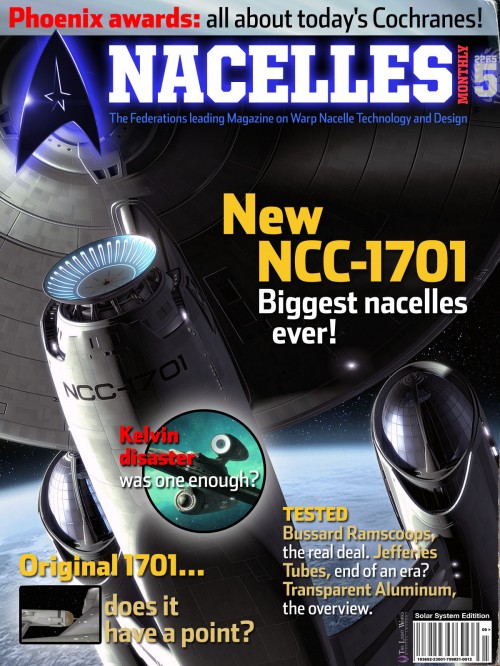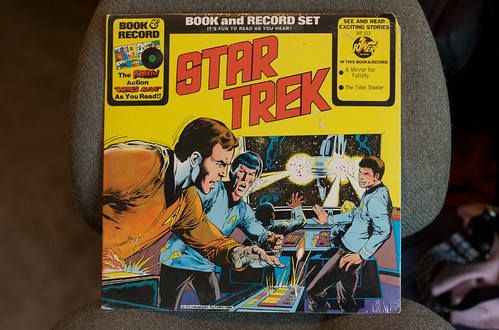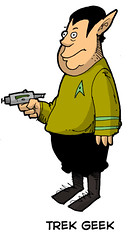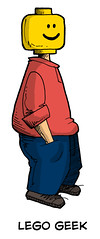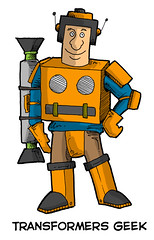…because I have been short on time, money, initiative, know-how, or various combinations of all of the above.
What I wanted to do: prove that Starfleet’s more advanced mindset extended to sexual discrimination and choices in clothing. Just because all we’ve seen so far is slacks for men and women and (mini)skirts on women, I’m sure that doesn’t mean that that’s all there is.
(Note: actually, in first season TNG, there were a few men in unbifurcated uniforms, as evidenced by this Wikipedia mention and this slightly confused fan. However, these ‘skant‘ uniforms pretty much disappeared by the second season.)
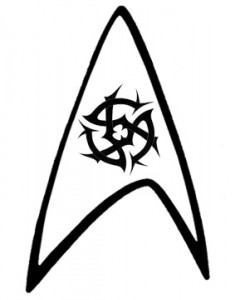
In order to find a way to work in the Utilikilts logo, I figured the uniform would have to be TOS style, when the insignia within the delta shield changed depending on the ship the crewmember was assigned to and before the standardization on the Enterprise’s ‘starburst’ central insignia. I wanted to use this design to create a custom patch in color (with the traditional gold background) for the tunic, plus one in black and white to go on the rear pocket of the Utilikilt.
Unfortunately, a number of things got in the way of completing (or even starting on) this project, from simply not having the money to drop on the tunic, a new Utilikilt, or having the custom patches made (and this was before I got laid off), to the Utilikilts people being swamped with work and unable to work on a custom kilt request at that time.
Still, this is what I wanted to do for this year’s Norwescon…and, to be honest, I still think it’d be fun to do it at some point in the future. I don’t know (and, to be honest, kind of doubt) if I’ll ever get around to it, but it’s fun to have it rattling around in my head.

